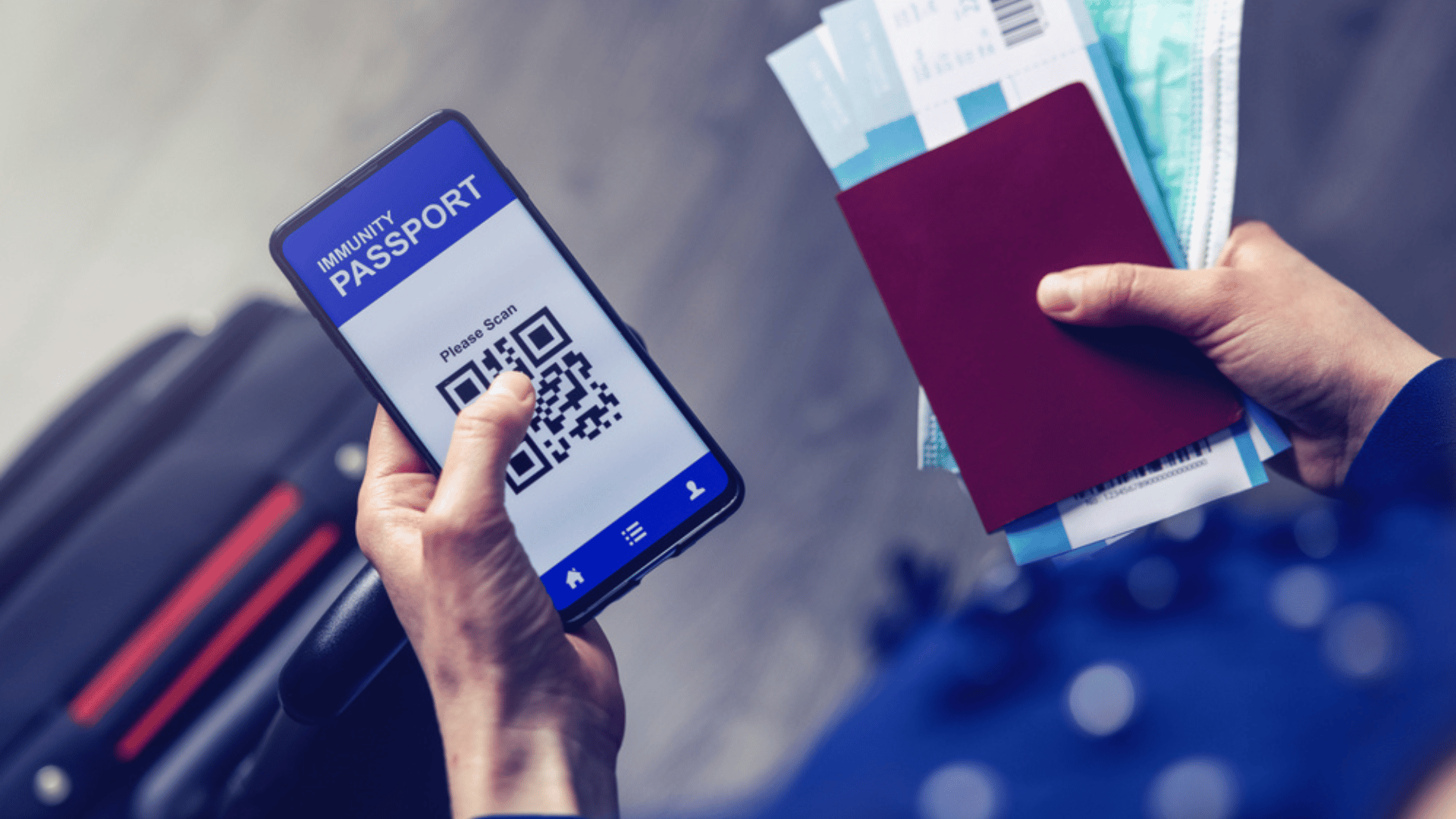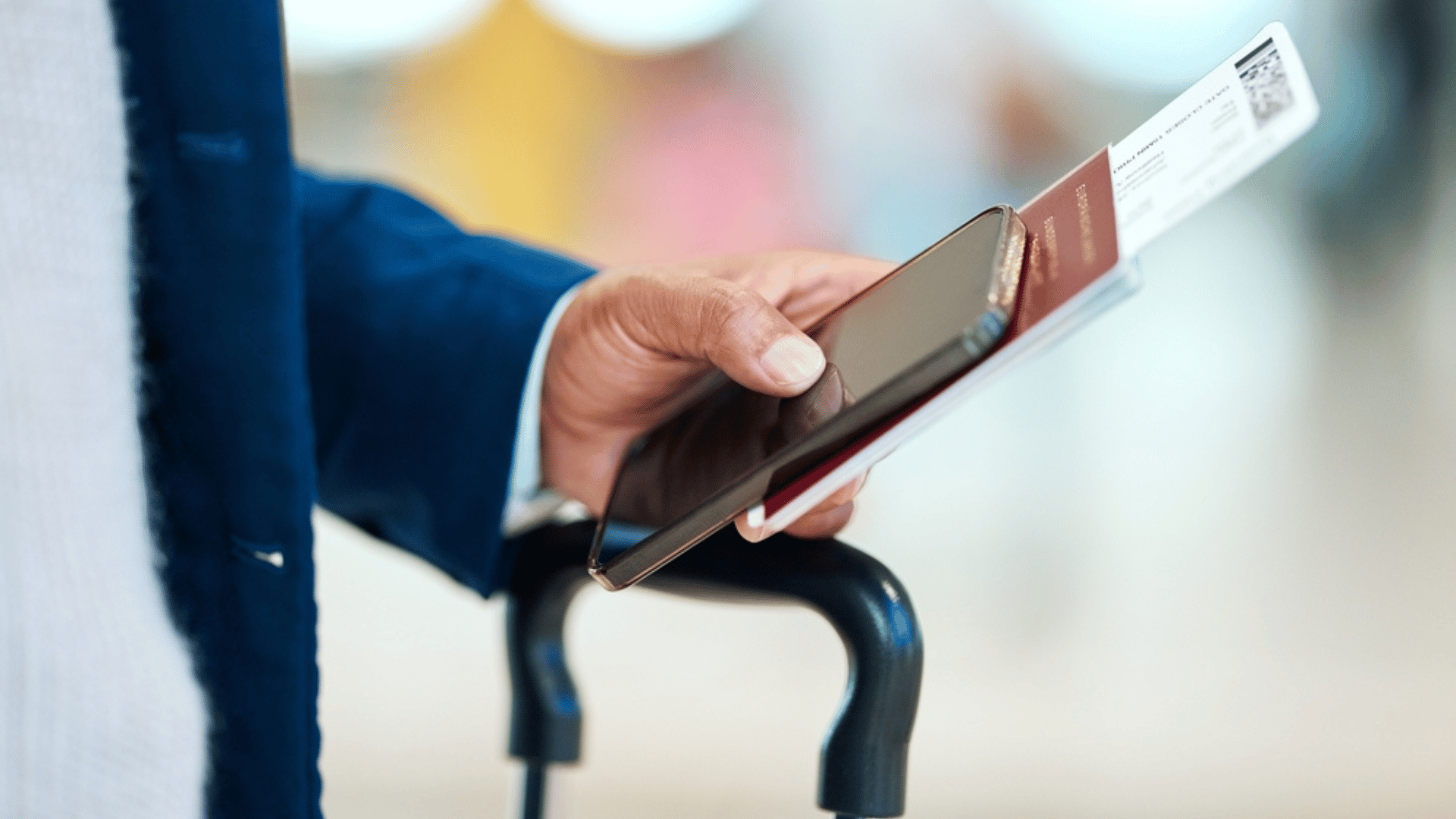Finland is trailblazing the way for more efficient travel by offering its citizens the ability to cross the border with digital passports on their smartphones instead of using a physical passport.

Travelers on some Finnair flights can now move quickly through border control by registering for a digital version of their passport in advance. The pilot program, which was started by the Finnish Border Guard, began at the end of August and is extended to Finish citizens flying to Britain.
The Finnish Border Control stated that this is the first time a digital passport will be accepted “in a real border control environment, reportedly for the first time in the world”.
The program is currently running out of the Helsinki Airport as a partnership between Finnair, airport operator Finavia, and the Finnish police. The program runs now through February 2024, allowing passengers flying to and from three United Kingdom airports to pass through border control using a voluntary “Digital Travel Credential” (DTC).

The Finnish Border Control says that Digital Travel Credentials are “equally reliable” as a physical passport. They’ve also claimed that it will make the experience of traveling “faster and smoother than usual”
Passengers interested in using the new technology will first download the FIN DTC Pilot digital travel document app onto their smartphone using the Google Play Store or Apple App Store. To use it, you’ll need to register with the police at Vantaa Main Police Station’s license services, which requires booking an appointment and taking a valid physical passport with you to create the digital version. There, travelers will sign a consent form and take a photo of their face which will be used for facial recognition.
There are currently special lines set up at the airport for volunteers testing the service. A border guard is stationed there and will compare your photo with the DTC photo taken when passengers registered with the police. Then travelers will place their passport on a separate reader, look into a camera, and then are cleared to move through border control.
The European Union is co-funding the project with $2.5 million. In addition to the six-month Helsinki program, the E.U. is planning other pilot programs for Zagreb Franjo Tuđman Airport in Croatia and Schiphol Amsterdam Airport in the Netherlands.

Europe’s move toward a single framework for digital identification is part of the goal of the eIDAS Regulation passed in 2014, which aims to make electronic interactions between businesses and individuals faster and safer. And, as this trial period is occurring in Finland, the European Union has announced that it wants at least 80% of citizens in the 27-country bloc to be using a digital ID by 2030.
Other locations are also looking to add this innovation. Singapore’s Changi Airport, for example, announced recently that it will be going passport-free in 2024. Different countries have their own versions of the new digital technology.
For example, Europe’s DTC is an electronic credential on your phone whereas many countries are starting to use a biometric passport (or e-passport) which is a traditional passport booklet with an embedded microchip containing some of the unique physical characteristics of the traveler. Many of the world’s countries now issue some form of e-passport. The RFID chip containing biometric data makes the passport more difficult to forge or replicate.







